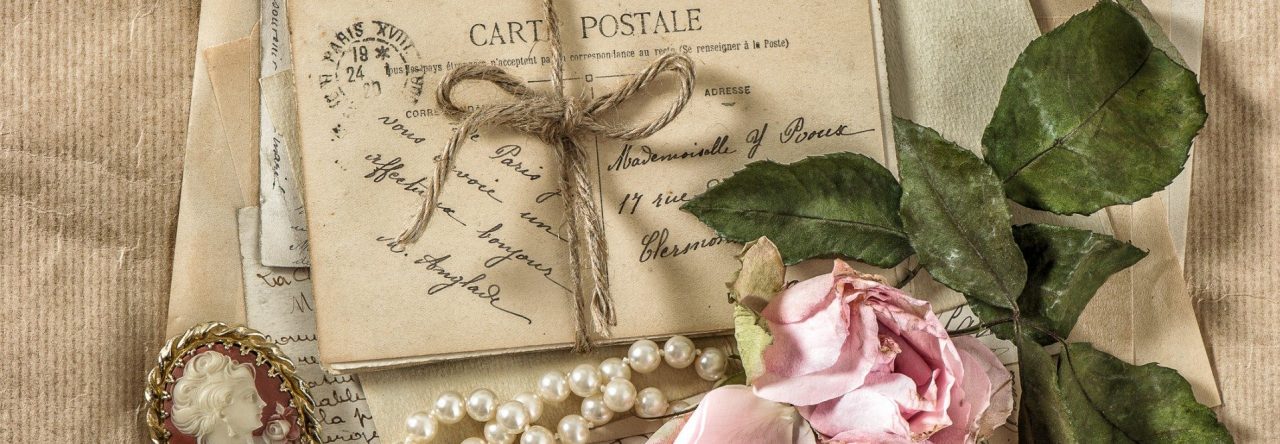- “My name is Sherlock Holmes. It is my business to know what other people don’t know.” ~The Adventure of the Blue Carbuncle
Perhaps one of the most recognized characters in all of literature, Sir Arthur Conan Doyle’s Sherlock Holmes has captured the imagination of generations around the world. Doyle’s brilliant private detective became known for his signature prowess at using logic and his keen powers of observation to solve cases. Sir Arthur Conan Doyle wrote four novels and fifty-six short-stories featuring Sherlock Holmes. Almost all were narrated by Holmes’ friend, Dr. Watson. Doyle’s work gained popularity as serialized stories published in The Strand Magazine over a period of forty years.
No doubt Holmes is perhaps the most famous fictional detective, and indeed one of the best known and most universally recognizable literary character, but did you know that Doyle based the his famous character on real people?
Joseph Bell (1837–1911) was a professor at the University of Edinburgh in 1877 where the young Doyle enrolled in medical school. Bell captivated Doyle and his classmates with his amazing deductive skills and often immediate conclusions regarding patient diagnoses, occupation and other personal details just by studying their appearance and mannerisms. In addition to taking Bell’s classes, Doyle served for a time as his clerk at the Royal Infirmary of Edinburgh, where he got a further look at the older man’s diagnostic methods. In addition to using his deductive powers to diagnose diseases, he occasionally assisted the police as a forensic doctor.
Years later, Conan Doyle wrote to Bell: “It is most certainly to you that I owe Sherlock Holmes and though in the stories I have the advantage of being able to place him in all sorts of dramatic positions, I do not think that his analytical work is in the least an exaggeration of some effects which I have seen you produce in the outpatient ward.”
Henry Littlejohn (1826-1914) Joseph Bell was not the sole inspiration for Sherlock Holmes. Doyle also credits famed Scottish forensic scientist, public health inspector, and dissector of human bodies, Henry Littlejohn, for giving Holmes some of his personality. Part of Littlejohn’s job as Surgeon of Police and Medical Officer of Health in Edinburgh was to consult with police when they needed medical expertise. Littlejohn investigated accidents, tragic deaths, or murders that took place in the city. He revolutionized the way cases were solved at the same time as Doyle was writing his master slueth’s adventures. Littlejohn is credited with pioneering the use of fingerprinting and photographic evidence in criminal investigations.
During the time Doyle was writing “The Final Problem” in 1893, Littlejohn was called as an expert witness in the trial of Alfred John Monson who had been accused of shooting his twenty year old student, Cecil Hambrough, during a hunting trip. The defense claimed that Hambrough had “accidentally” shot himself in the head. According to the Edinburgh News, Littlejohn testified that the position of the wound, the scorch marks from the bullet, the damage to the victim’s skull, and even the smell of the victim indicated that the victim had been murdered.
William Gillette (1853–1937) This one is a bit of a stretch. Although William Gillette wasn’t an inspiration for the Sherlock Holmes character, as one of the first actors to portray Holmes (which Gillette did more than 1,000 times), he has influenced the development of the Holmes character tremendously to the public. Gillette was the first to wear Holmes’s signature deerstalker hat, the first to replace Holmes’s straight pipe with a curved one, and the first (while helping Conan Doyle to write the first official Sherlock Holmes stage play) to pen the line, “elementary, my dear fellow,” which would eventually be turned by later writers into, “elementary, my dear Watson.” Gillette had his own Homes-like qualities. He was an inventor, earning patents for a variety of items including a timestamp device and a system for making more realistic sound effects on stage.
Tidbits & Trivia
- The name “Sherlock Holmes” is believed to have been taken from two sources–“Sherlock” from Doyle’s favorite musician, Alfred Sherlock, and “Holmes” from the prominent, Oliver Wendell Holmes.
- By the late 1890s, Dr. Bell had earned quite a reputation as an investigator. So much so, in fact, that when a series of murders of “ladies of the night” went down, the police called in Bell to help. This became the infamous Jack the Ripper case.
- Doyle continued to write adventures for Sherlock Holmes until 1927 and would pass away from a heart attack in 1930.
Which is your favorite Sherlock Holmes mystery?




